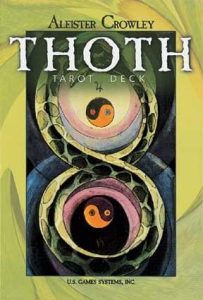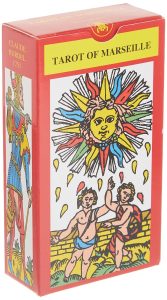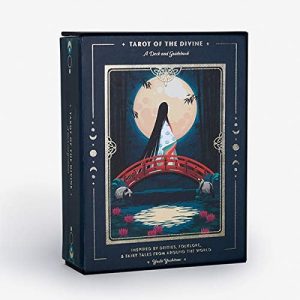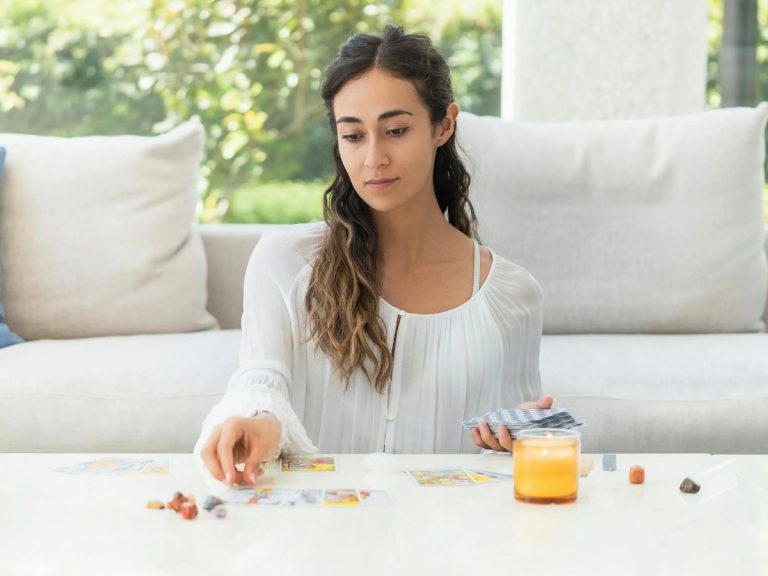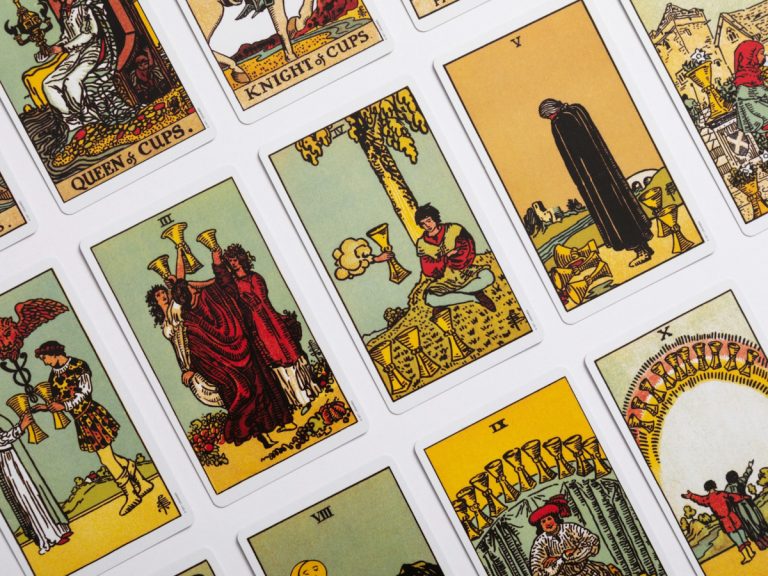Unlocking Mysteries and Insights: Exploring the World of Tarot Decks
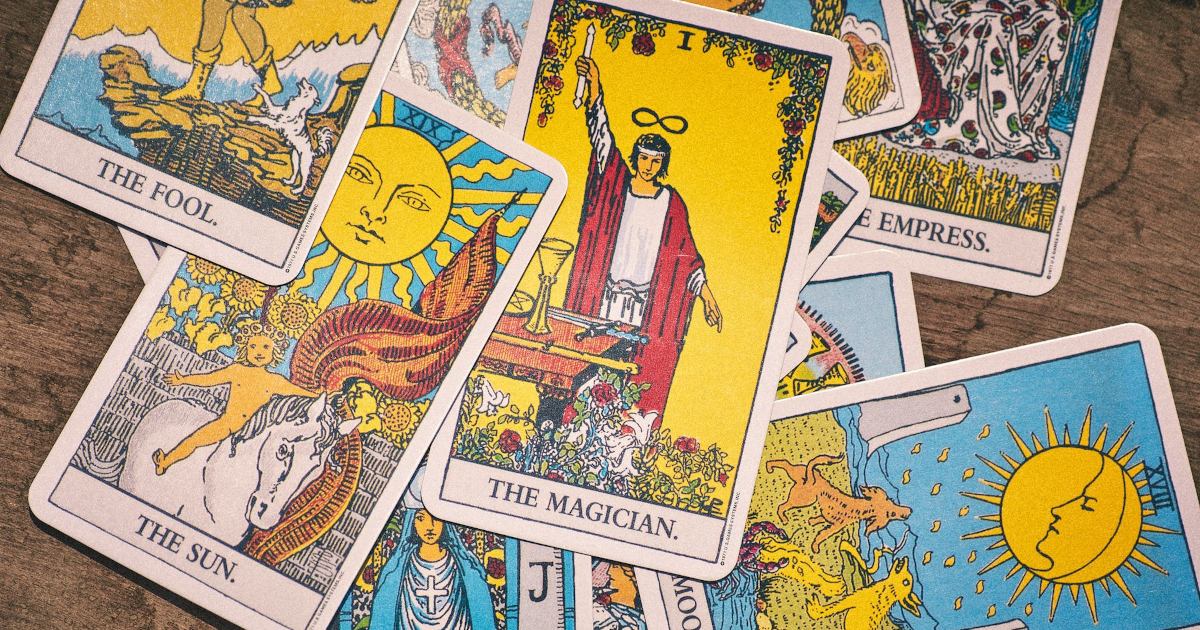
Tarot decks have captivated and mystified individuals for centuries, offering a portal into the realms of the subconscious, spirituality, and self-discovery. These decks, adorned with intricate artwork and imbued with symbolism, have a rich history dating back to the 15th century. Today, they continue to fascinate and intrigue seekers of knowledge, providing guidance, introspection, and a deeper understanding of life's complexities. In this article, we delve into the enchanting world of tarot decks, exploring their origins, significance, and the diverse array of decks available to enthusiasts worldwide.
Origins and Significance
The origins of tarot decks are shrouded in mystery, with theories ranging from their use by ancient civilizations for divination to their creation by medieval European artists inspired by various mystical traditions. However, it wasn't until the 18th century that tarot decks began to be widely associated with occult practices and fortune-telling.
At the core of tarot decks are 78 cards divided into two main categories: the Major Arcana and the Minor Arcana. The Major Arcana consists of 22 cards representing archetypal forces and significant life themes, while the Minor Arcana comprises 56 cards divided into four suits—usually cups, swords, wands, and pentacles—reflecting everyday experiences and challenges.
The significance of tarot decks lies in their ability to serve as a mirror to the subconscious mind, offering insights into one's thoughts, emotions, and behaviours. Through the process of drawing and interpreting cards, individuals can gain clarity, guidance, and a deeper understanding of themselves and their circumstances. Whether used for self-reflection, spiritual growth, or divination, tarot decks provide a versatile tool for exploration and introspection.
Types of Tarot Decks
The world of tarot decks is as diverse as it is enchanting, with a plethora of decks catering to different interests, aesthetics, and belief systems. From traditional Rider-Waite-Smith decks to modern interpretations inspired by mythology, art, and pop culture, there's a tarot deck to suit every preference.
Rider-Waite-Smith Deck: Considered the gold standard of tarot decks, the Rider-Waite-Smith deck, originally published in 1910, features iconic imagery and symbolism that have become synonymous with tarot readings. Created by artist Pamela Colman Smith and occultist A.E. Waite, this deck serves as a foundational tool for beginners and experienced practitioners alike.
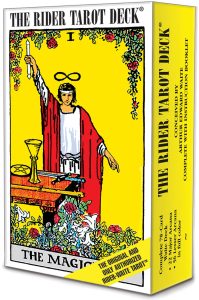
Thoth Tarot Deck: Developed by Aleister Crowley and artist Lady Frieda Harris in the early 20th century, the Thoth Tarot deck is renowned for its esoteric symbolism and occult teachings. Drawing upon Crowley's Thelema philosophy and Harris's intricate artwork, this deck offers a deeper exploration of spiritual and mystical concepts.
Tarot of Marseille: Dating back to the 18th century, the Tarot of Marseille is one of the oldest and most influential tarot decks in existence. Characterized by its minimalist yet powerful imagery, this deck emphasizes intuition and personal interpretation, making it a favorite among purists and seasoned readers.
Modern and Artistic Decks: In recent years, there has been an explosion of modern and artistic tarot decks that push the boundaries of traditional symbolism and aesthetics. From decks inspired by fantasy worlds and fairy tales to those featuring diverse cultural perspectives and contemporary themes, these decks offer a fresh perspective on tarot while retaining its timeless wisdom and insight.
Choosing the Right Deck
With countless tarot decks available on the market, choosing the right one can be a daunting task. Whether you're a novice seeking your first deck or a seasoned practitioner looking to expand your collection, several factors can guide your decision:
- Artwork and Aesthetics: Consider the artwork and aesthetics of the deck, as imagery plays a significant role in connecting with the cards' symbolism and meaning. Choose a deck that resonates with you visually and evokes the emotions and themes you wish to explore.
- Symbolism and Interpretation: Examine the symbolism and interpretation of the deck, paying attention to how it aligns with your personal beliefs, spiritual practices, or areas of interest. Whether you prefer traditional symbolism or modern reinterpretations, select a deck that speaks to you on a personal level.
- Intuition and Connection: Trust your intuition and connection when selecting a tarot deck, as the right deck will resonate with you on a deeper level. Whether you feel drawn to a particular deck or experience a strong emotional response to its imagery, listen to your instincts and choose the deck that feels right for you.
- Reviews and Recommendations: Seek out reviews and recommendations from other tarot enthusiasts, practitioners, or trusted sources to gain insights into different decks' strengths, weaknesses, and suitability for your needs. Joining online forums, attending tarot workshops, or visiting local metaphysical shops can also provide valuable guidance and support in choosing the right deck.
Tarot decks serve as powerful tools for self-reflection, spiritual growth, and divination, offering insights and guidance into the mysteries of life and consciousness. Whether you're drawn to traditional symbolism or modern reinterpretations, there's a tarot deck to suit every preference, aesthetic, and belief system. By exploring the diverse array of decks available and following your intuition, you can unlock a world of wisdom, insight, and self-discovery on your tarot journey.
